A few words from…
Seleta Reynolds, General Manager at the Los Angeles Department of Transportation
My name is Seleta Reynolds and I’m the General Manager for the Los Angeles Department of Transportation.
What is your favorite mode of transportation, the one you use every day?
Walking all the way!
I go on long walks every single day. It is where I do my best thinking.
You know, there’s something about that bipedal movement that activates both sides of your brain. It’s science!
As you’re smarter when you’re walking, And that’s really my favorite way to get around.
What are the three major trends to come in sustainable mobility?
1. Gender equity
Right now in American cities, particularly when you look at who’s riding their bikes, it’s about three quarters men and one quarter women.
A lot of that has to do with how safe women feel riding their bikes. Not just safe from traffic but also free from harassment in public spaces.
Yet, I’m hopeful that that’s a shift that we’re starting to see in places with more built out infrastructure.
2. Electrification
Clearly, there are some real challenges around electrification, and that’s a big trend.
3. Automation
Thirdly, the trend that I think is very clear is a trend towards automation.
While it is really tempting to get kind of caught up in some of the more futuristic renderings, what I really hope we see is that we use this as an opportunity to have a real conversation about the value of the human operating a vehicle.
Additionally, when you go to take a bus ride, the person who is operating that vehicle does so much more than drive the bus.
They give you a break on your fare, if you don’t have that last nickel, they might de-escalate a conflict that’s happening. Indeed, bus drivers, these days are trained to spot human trafficking. They’re trained to help older adults, and people with disabilities access the system.
Moreover, I hope that we continue to invest in the value of that labor, and even expand the training and the way that we think about the human in the system in our rush towards automation.
What about the sustainable mobility in Los Angeles?
While Los Angeles is known as the car capital of the world, we struggle with some of the poorest air quality in the United States.
Therefore, attacking directly the source of greenhouse gas emissions, which happens to be transportation. Clearly, it is front of mind for us and for all of the leaders in the region. Especially, our focus is really twofold.
1. Shared mobility electrification
It is first about electrification. So we will electrify our entire fleet of transit vehicles by 2028. We invest in sustainable modes like electric vehicle car sharing. And we’re expanding that program throughout the city, which gives people access to clean, low cost vehicles.
2. Active transportation
In addition, we also have a focus on active transportation and sustainable modes like biking, walking, and transit. During the pandemic, we built out over 100 lane miles of protected bikeways and bus only lanes, and we plan to continue that expansion.
Does this apply to all parts of the city?
Undeniably, one of the things that’s true about Los Angeles, as well as most American cities, is that when we built out the freeway system in the 50s and 60s. In short, neighborhoods found themselves next to highways and experienced some of the poorest air quality of all.
Next, our focus has to be on how we clean the air in those neighborhoods first and how we make sure that the people in those neighborhoods have the very best, cleanest, safest, most reliable, most affordable transportation options anywhere in the city.
However, unfortunately, in the United States, the opposite has happened over many decades. Neighborhoods that are close to freeways often experience the highest forms of isolation in terms of mobility. They have poor access to transit, they have poor transit options.
Thus, in all that we do, whether it’s electrification or it’s a focus on other forms of sustainable mobility, we’re really trying to drive investment to those places that have suffered the most negative outcomes of the system we have today.
How do you promote adoption of shared mobility in the city?
In Los Angeles, we oversee and regulate one of the largest micro mobility fleets in the nation with scooters and electric bikes provided by private companies for public use on our streets.
While early on, we developed a tool called the Mobility Data Specification, which we knew would be critical for allowing all those companies to operate in our city, because our main goal was not to put our thumb on the scale and limit or narrow the number of companies that could come to provide these kinds of services in the city. We wanted to have a truly open market.
We continue to aggressively sort of promote, and welcome in, and try and lower barriers to entry for companies that want to provide those services.
In addition, the city has also invested in public fleets. So through a partnership with the County Transportation Authority at LA Metro, we have our citywide bike share system, which includes both electric bikes and regular bikes docked at stations around the city.
Moreover, we are co partners, both in the capital and operations of that system, so that it can operate like an extension of public transit, so that it can remain very affordable on a per ride basis.
What measure did you take to regulate free-floating?
We haven’t seen as many issues with the speed of scooters on streets and sidewalks.
However, the issues we have seen are more about companies wanting to deliver large numbers of these vehicles to sidewalks that are pretty narrow.
In certain parts of the city, we constrain the number of vehicles that any given company can drop off on a sidewalk based on pure geometry. Is there enough room for somebody to walk, or push a strolle,r or roll in their wheelchair comfortably and have the scooters and bikes on the sidewalks?
Although, We restricted the number of vehicles they could have in places like Venice, we did not see a drop in the overall number of trips.
In other words, you didn’t need so many scooters to fulfill the trip making needs and the mobility needs of people. You could do it with fewer. And when we looked at that, we thought what these companies are getting is a lot of free visibility and advertising on public space when they drop 20 scooters on a corner, and that’s maybe a commercialization of public space that has value to those companies but doesn’t necessarily have value to the public.
Thus, my job is to try and balance those two things.
What is your feeling about the bike boom in Europe? Could the same happen in LA?
We’ve seen actually worldwide, whenever there are shocks and disruptions to people’s normal way of getting around, that bicycles become a very popular way of moving. And in the United States, this happened back in the 70s during the fuel crisis. And then it happened again during the pandemic.
London, Paris and parts of the global south as well as Bogota, Mexico City, those places have experienced bicycle booms that we are very envious of. And we hope that by building out both the infrastructure and also encouraging a widespread availability of things like bike sharing and scooter sharing, that we will see some of those changes that occurred during the Pandemic stay in place.
This Sunday in South LA is the second open streets event called CicLAvia that’s occurred since the Pandemic. So I think you can see any day of CicLAvia happens in Los Angeles, literally tens of thousands of people out on their bikes. So we know that people want to ride their bikes.
It is something that we hope to continue to build on.

